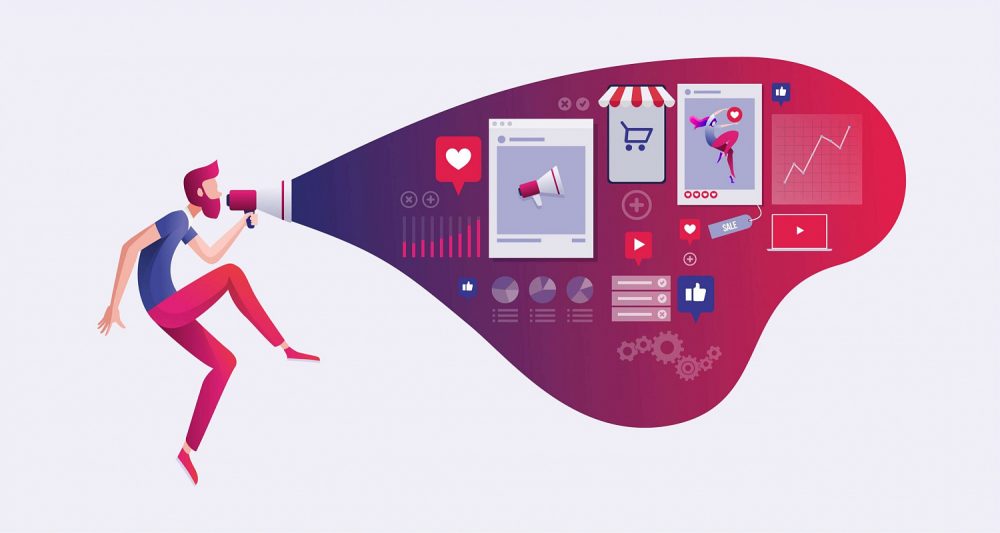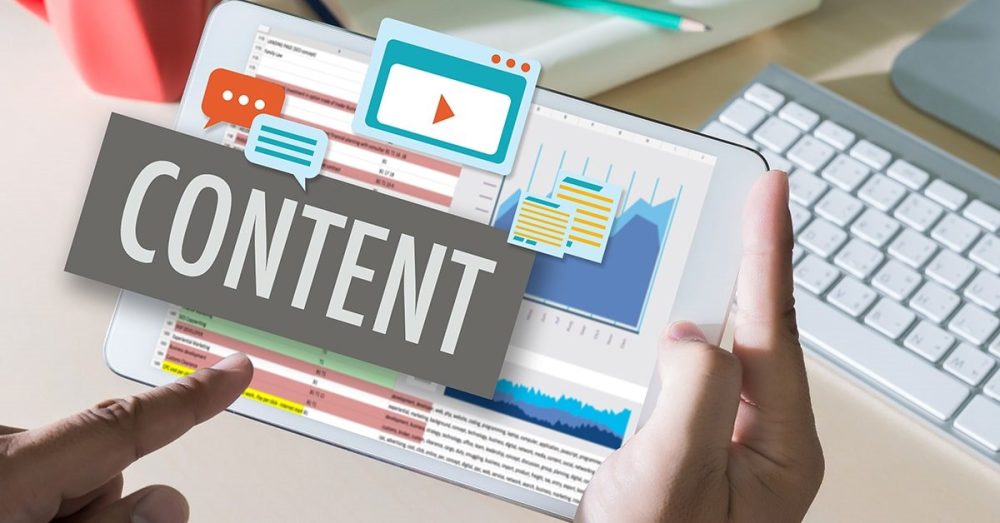The work laptop in 2025 has ceased to be just a tool for completing tasks—it has evolved into the core of the professional space. Competition among manufacturers, rapid technological development, changes in work formats (remote work, hybrid, coworking), and the constant growth in demands for computing power and mobility have defined a new standard. The best work laptops are no longer limited to office software—they provide stable performance for multitasking, graphic design, coding, analytics, and real-time data processing.
The delicate balance of features in the best work laptops in 2025
Performance parameters have become the main quality marker: absence of lags, instant response, efficiency under load, and a power reserve for the next three years. The best work laptops must meet a number of critical requirements: modern processor (no lower than Intel Core i7 14th generation or AMD Ryzen 9 7940HS), at least 16 GB of LPDDR5 RAM, 1 TB SSD storage, screen resolution starting from 2.5K, battery life of at least 10 hours, and optimized cooling system.

In addition to internals, details matter: weight up to 1.5 kg, thin display bezels, Thunderbolt 4 ports, Wi-Fi 6E, and support for fast charging via USB-C.
Mobile offices and hybrids: portable and unrestricted
In the segment of ultra-portable best work laptops in 2025, dominance was seen in solutions with a 13-14-inch screen size and weighing up to 1.2 kg. For example, the LG Gram SuperSlim 14 (2025) offers an OLED display with 500 nits brightness, Dolby Vision support, and a weight of just 990 g with a battery life of 14 hours. Such a gadget is suitable for professionals working on the go, as well as freelancers and traveling managers.
The HP Elite Dragonfly G4 provides a 3-day battery life under office workload, integrates intelligent noise cancellation, and leads the ranking of home office laptops among top managers. Among the standout solutions is the ASUS Zenbook S 14 OLED (UX9405). It features a 14-core Intel Core Ultra 9 processor, 32 GB RAM, and a 1 TB PCIe 4.0 SSD. With a slim 10.9 mm body, it consistently demonstrates high functionality, operates for up to 13 hours without recharging, and supports HDMI 2.1 for convenient on-the-go external monitor connections.
Best work laptops: maximum performance
Engineers, designers, video editors, architects, and analysts work in resource-intensive environments. The best work laptops in this segment include workstations with discrete graphics, active cooling, and extended RAM:
- The Lenovo ThinkPad P1 Gen 6 is equipped with an Intel Core i9-14900HX processor, NVIDIA RTX 4000 Ada Generation GPU, 64 GB DDR5 RAM, and a 2 TB SSD. Its magnesium alloy and carbon fiber body withstands overheating and mechanical vibrations, while the 90 Wh battery provides 11 hours of complex rendering work.
- The Apple MacBook Pro 16 with M3 Max integrates a 40-core GPU and 16-core CPU, taking energy efficiency technologies to a new level: rendering 8K video with Final Cut Pro is twice as fast as on a top Intel + RTX equivalent. The Liquid Retina XDR display with 3456×2234 resolution and 120 Hz refresh rate is optimized for professionals working with color and details.
Affordable and balanced: which laptop to buy for work without overpaying
The market has introduced affordable models included in the ranking of the best work laptops in 2025 that do not lag behind flagships in essential tasks. The Acer Swift Go 14 (2025) features an Intel Core Ultra 5 processor, 16 GB RAM, and a 1 TB SSD priced at up to 1200 euros. It demonstrates stable performance when working with office suites, browsers, Zoom conferences, and light editing tasks.
The Huawei MateBook D 16 2025 is an ideal solution for students, teachers, and professionals juggling work and study. The AMD Ryzen 7 8845HS processor and 16-inch Full HD display, combined with a metal body and a 70 Wh battery, provide mobility without extra costs.
Ultimate set of criteria: how to choose the best work laptop
When choosing among the best work laptops, it is critical to consider key parameters. For example:

- Processor—starting from Intel Core i7-14600H, AMD Ryzen 9 7940HS, or Apple M3 Pro.
- RAM—starting from 16 GB LPDDR5, for heavy tasks—starting from 32 GB.
- Storage—minimum 1 TB NVMe SSD with PCIe 4.0, optionally RAID.
- Display—starting from 14 inches, resolution not lower than 2560×1600, IPS or OLED.
- Battery life—not less than 10 hours under office workload, from 70 Wh.
- Weight—preferably up to 1.5 kg, for mobile tasks—up to 1.2 kg.
- Ports—minimum 2×USB-C with Thunderbolt, HDMI 2.1, card reader.
- Connectivity—Wi-Fi 6E, Bluetooth 5.3, optionally 5G modem.
- Materials—aluminum or carbon fiber, reinforced hinges and keyboard.
- Operating system—Windows 11 Pro, macOS Sonoma, or Linux.
Flexibility of interfaces, drivers, and updates
The operating system and driver support in 2025 not only determine compatibility but also the stability of the work process. Windows 11 actively develops virtual desktop features, macOS offers an ecosystem with iPhone and iPad, and Linux (e.g., Ubuntu 24.04 LTS) provides developers with flexibility comparable to expensive systems. The best work laptops in 2025 often include proprietary software for security and cloud management, facilitating IT support.
Conclusion
Choosing a work machine in 2025 requires precise calculation, not compromise. The gadget should solve tasks without delays, ensure performance in the moment, meet work conditions, and adapt to changes. The best work laptops are not just about the processor and screen but a combination of dozens of factors influencing speed, stability, comfort, and mobility. Making a smart choice in technology becomes a direct investment in results.


